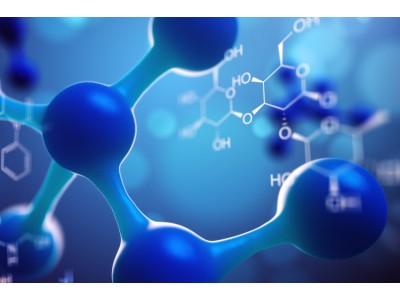| Description | Chrysosplenol D, an efflux pump inhibitor that can potentiate the activity of commercially important antibiotics and antimalarials. |
| In vitro | Trace amounts of the antimalarial sesquiterpene lactone artemisinin may account for the activity of the n-hexane fraction but only the methoxylated flavonoids artemetin, chrysoplenetin, chrysosplenol-D and cirsilineol can account for the activity of the chloroform extract. These purified flavonoids were found to have IC50 values at 2.4 - 6.5 x 10(-5)M against P. falciparum in vitro compared with an IC50 value of about 3 x 10(-8)M for purified artimisinin[1] |
| Target activity | Viability:11.6 µM(MDA-MB-231 TNBC cells) |
| Synonyms | 猫眼草酚D |
| molecular weight | 360.31 |
| Molecular formula | C18H16O8 |
| CAS | 14965-20-9 |
| Storage | Powder: -20°C for 3 years | In solvent: -80°C for 1 year |
| Solubility | DMSO: 55 mg/mL (152.65 mM) |
| References | 1. Antimalarial activity of Artemisia annua flavonoids from whole plants and cell cultures.Plant Cell Rep. 1992 Nov;11(12):637-40. 2. Habib ES, et, al. Anti-inflammatory effect of methoxyflavonoids from Chiliadenus montanus (Jasonia Montana) growing in Egypt. Nat Prod Res. 2020 Aug 4;1-5. 3. Li YJ, et, al. Flavonoids casticin and chrysosplenol D from Artemisia annua L. inhibit inflammation in vitro and in vivo. Toxicol Appl Pharmacol. 2015 Aug 1;286(3):151-8. |
